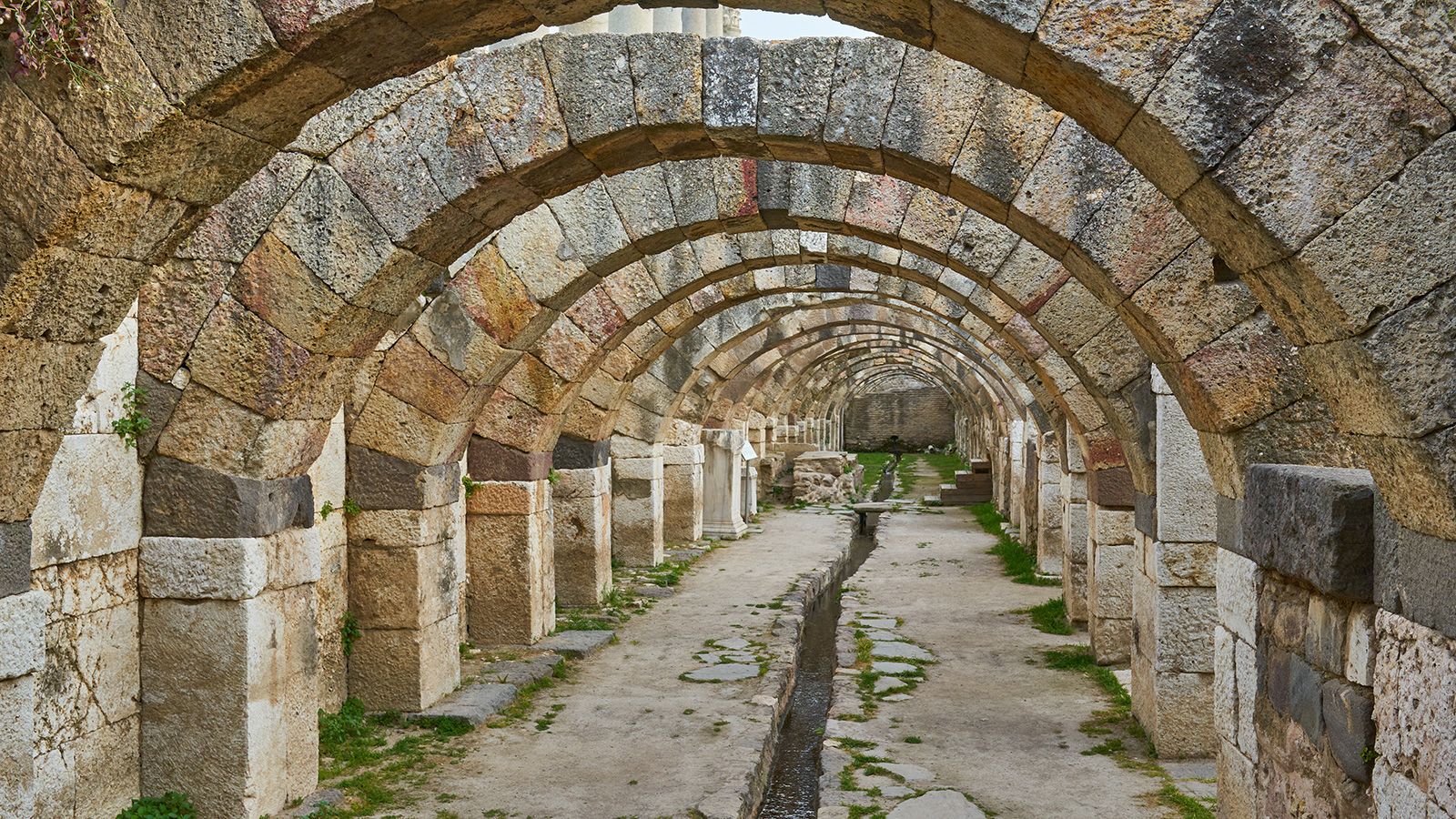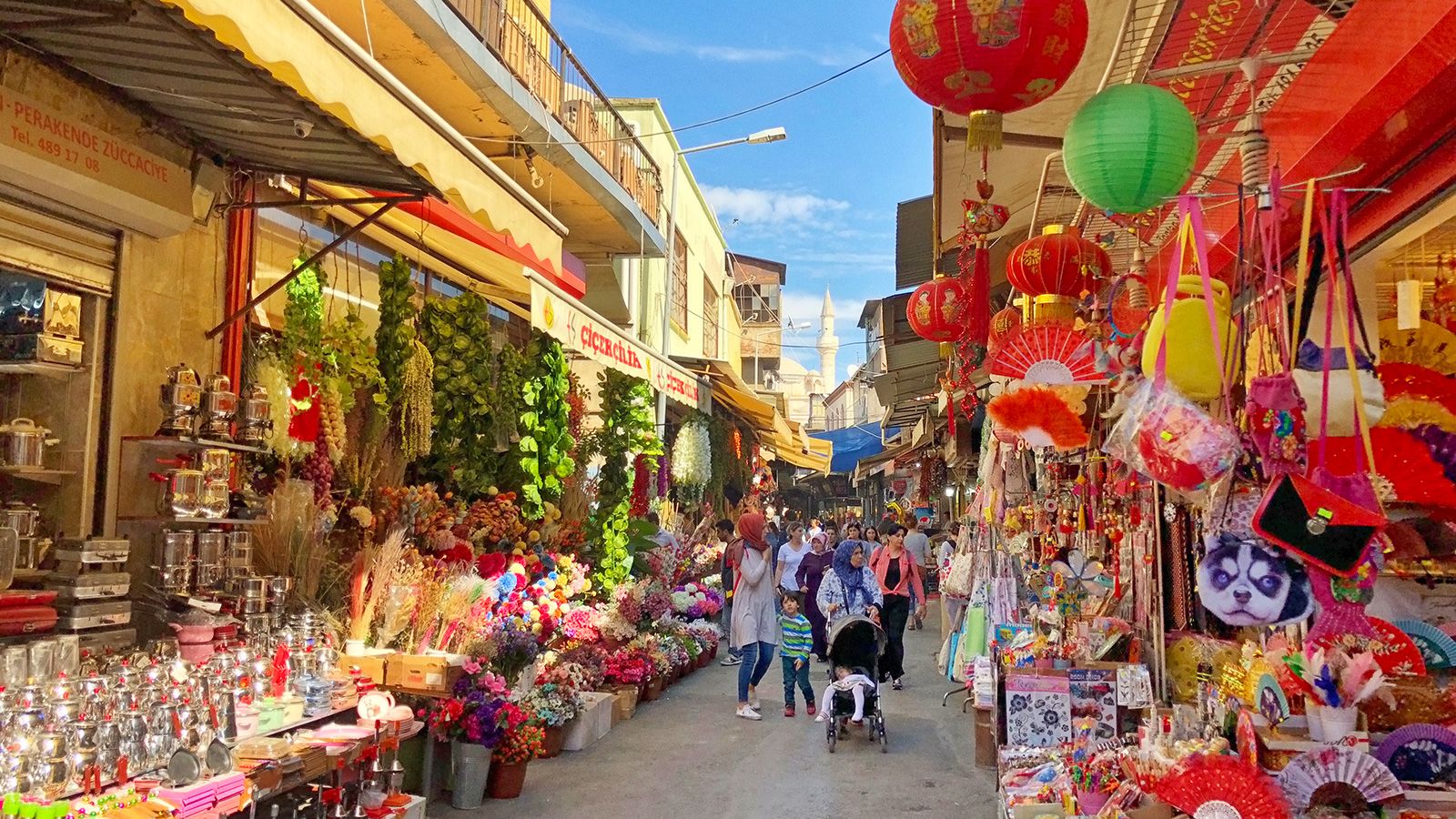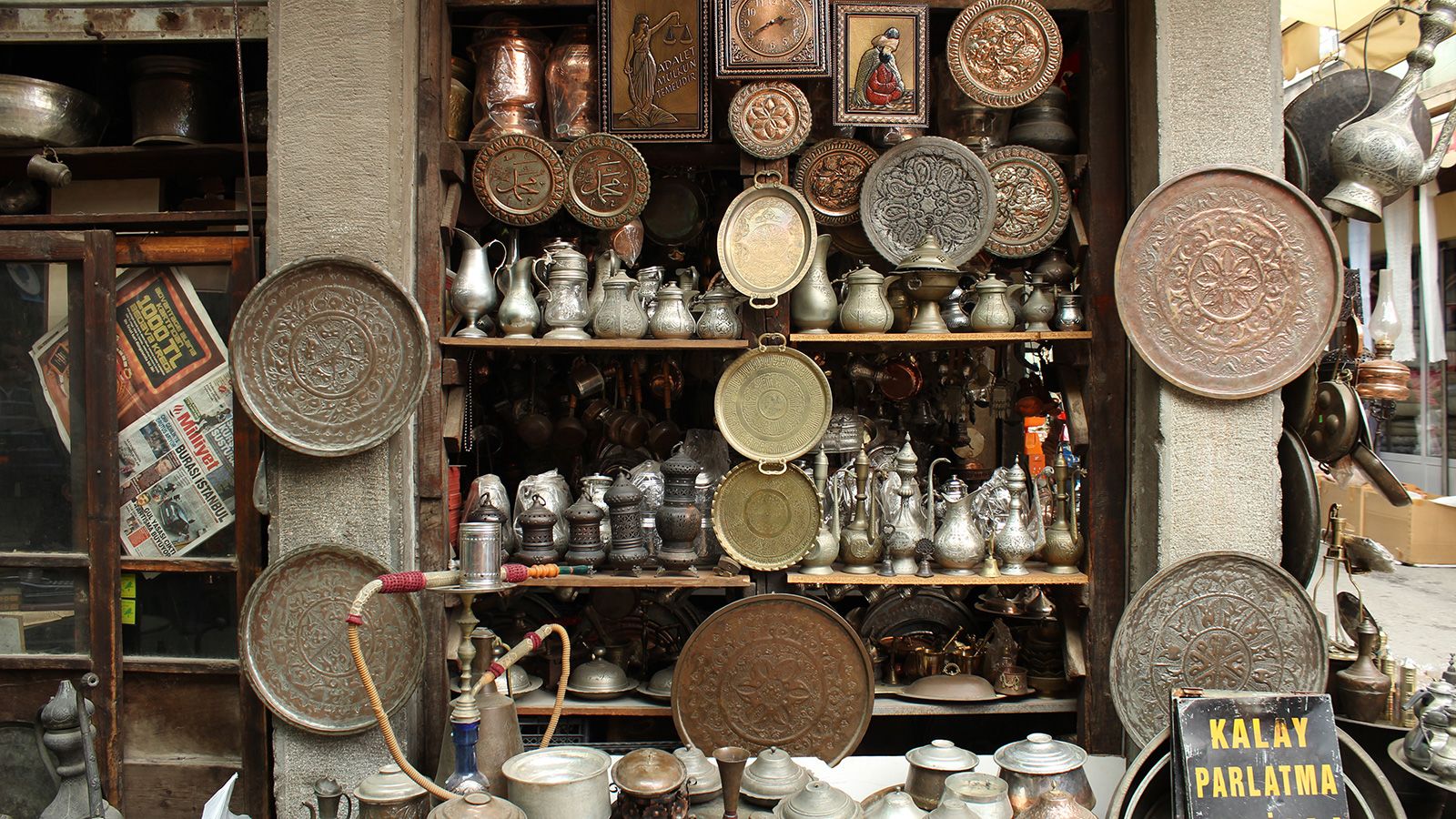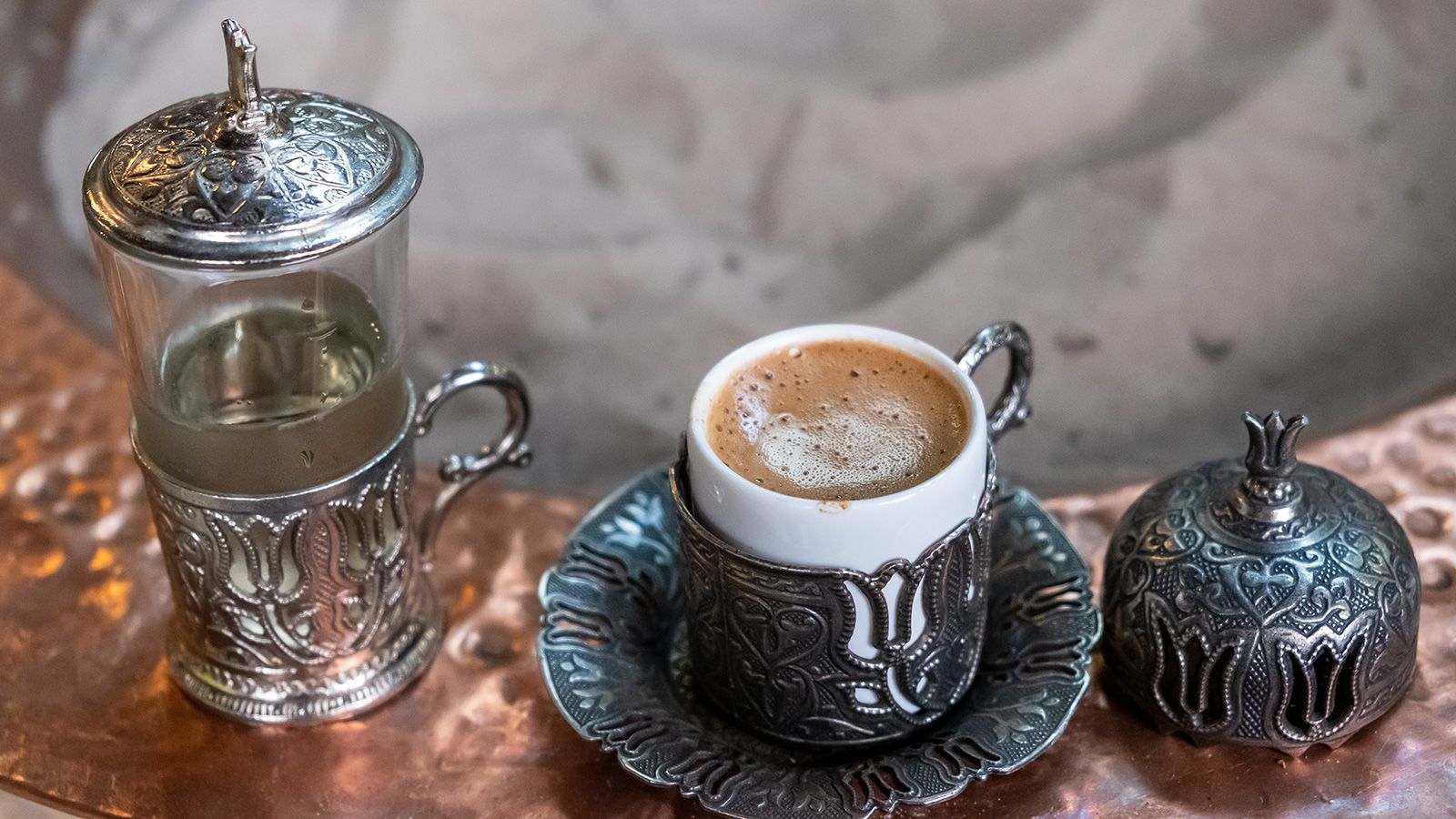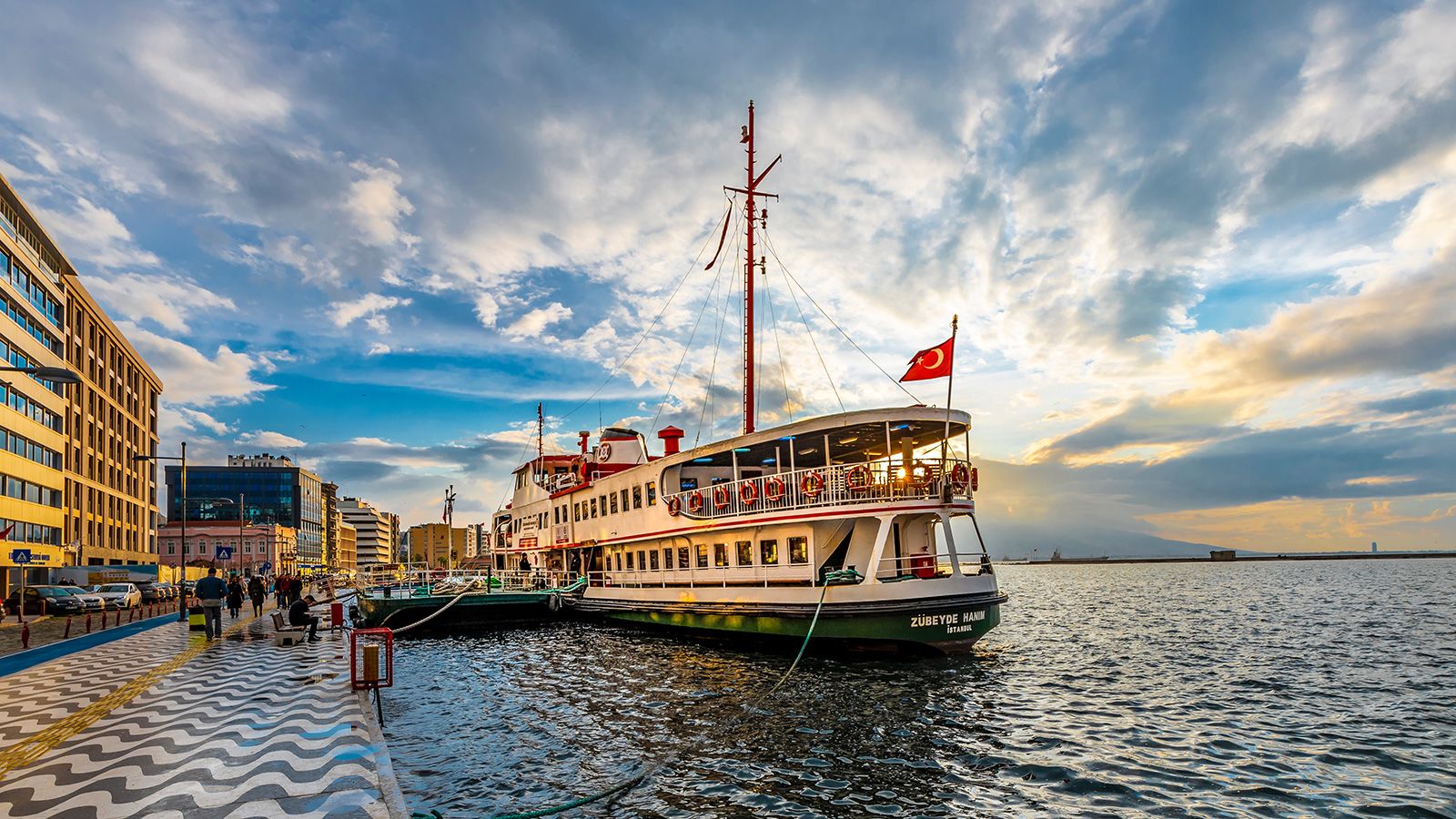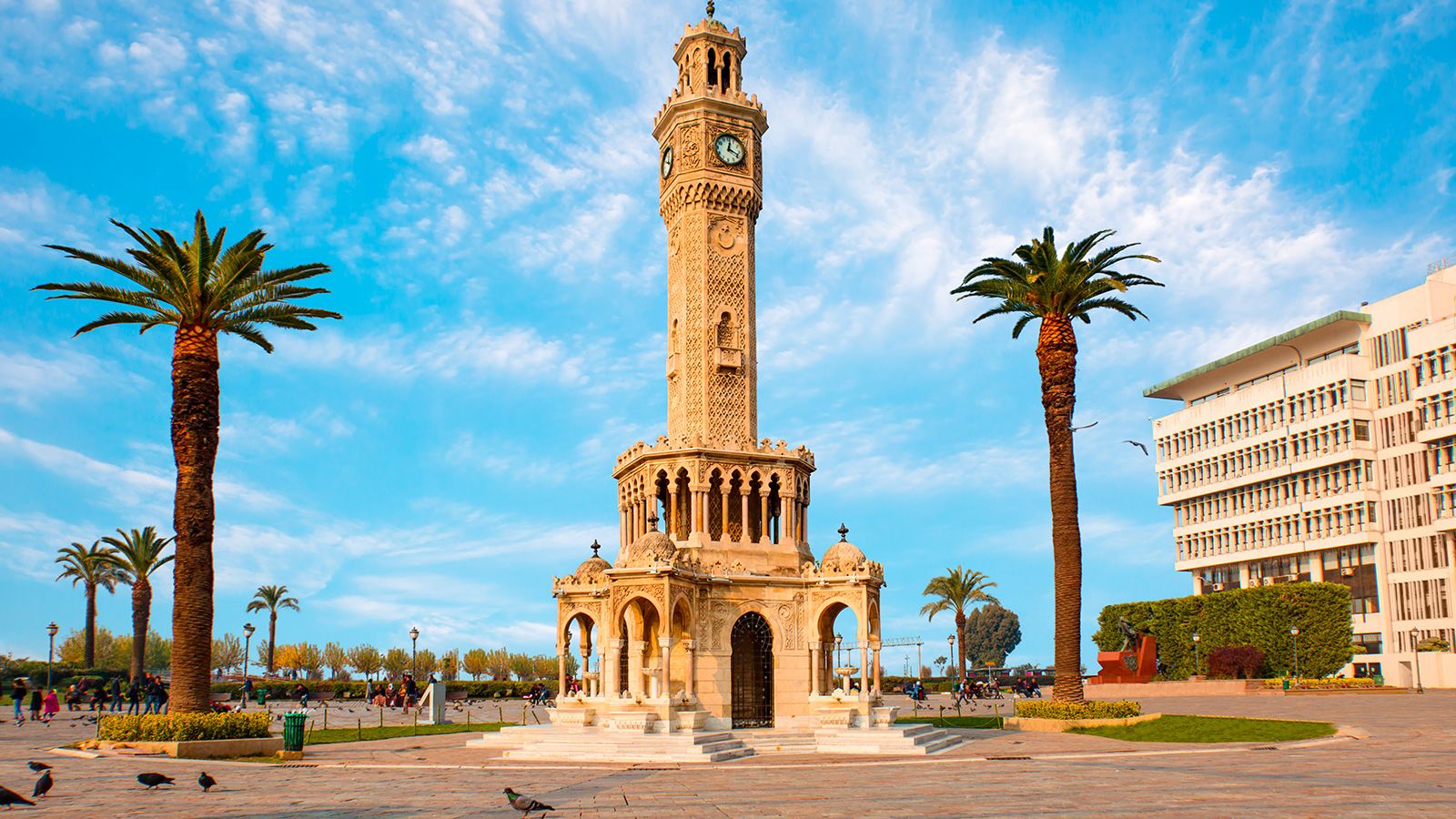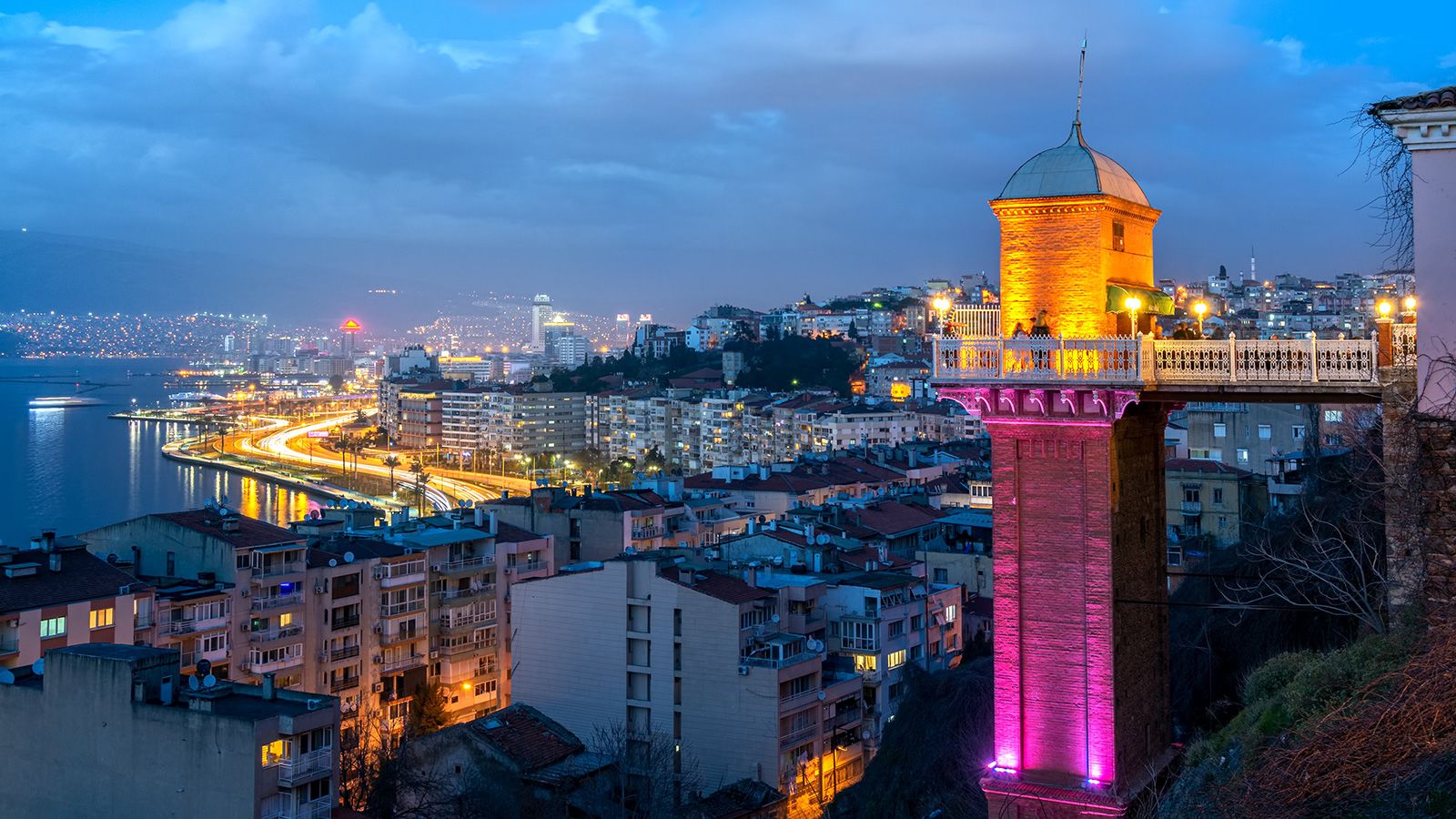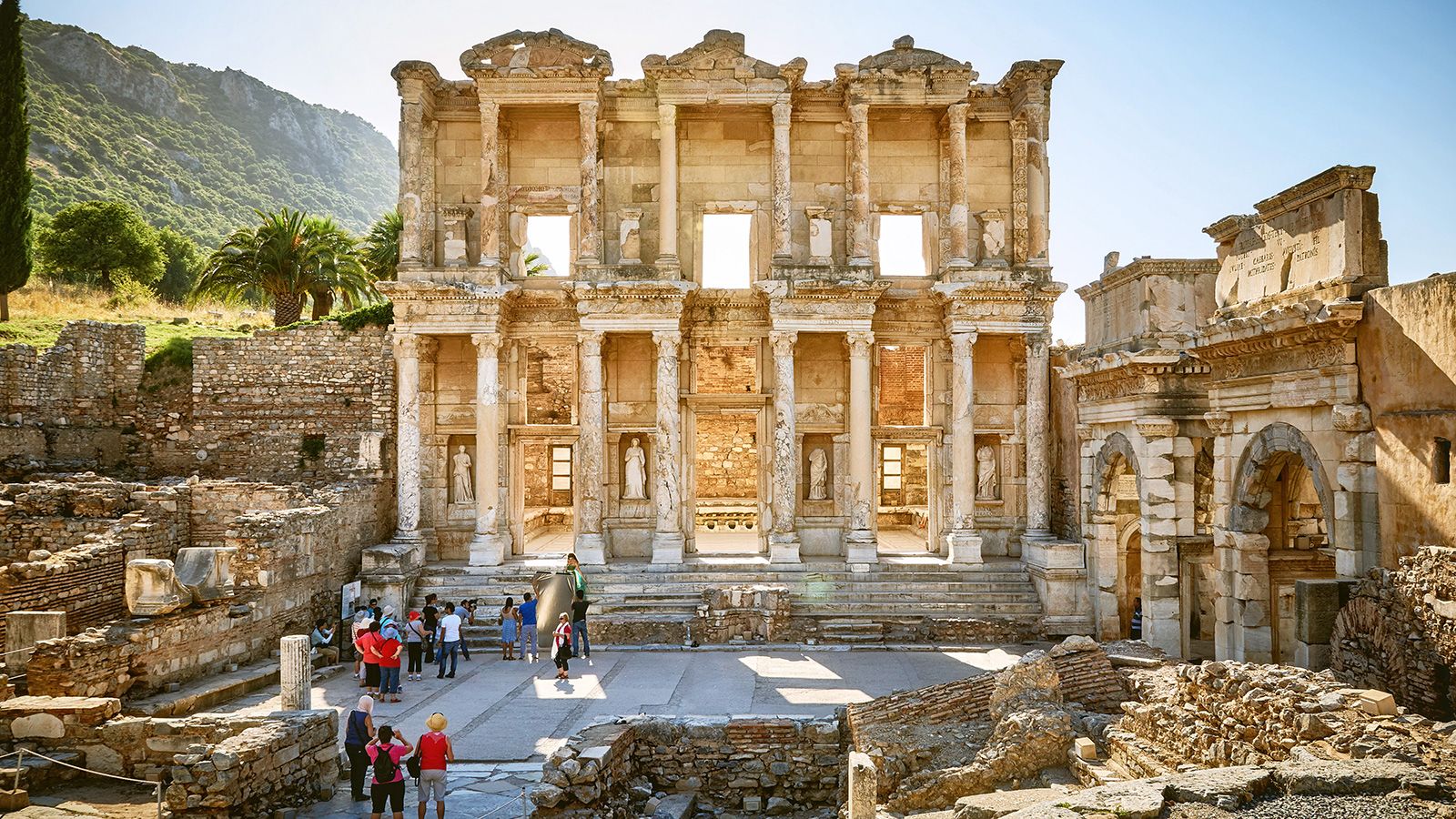Editor’s Note: This CNN Travel series is, or was, sponsored by the country it highlights. CNN retains full editorial control over subject matter, reporting and frequency of the articles and videos within the sponsorship, in compliance with our policy.
At first glance Izmir looks very much like any other modern Turkish metropolis, densely populated with unimposing architecture.
Yet once it was Turkey’s most cosmopolitan city – and that historical cachet can still be found hidden among Izmir’s streets.
Dial the clock back more than a century and you’d find wealthy Levantine, Greek, Turkish and Armenian families promenading along Izmir’s waterfront in the latest fashions from Paris.
They drank beer imported from Munich or cocktails at elegant bars, and sent their children to church-run schools to be educated in French and Latin.
Izmirites were the epitome of sophistication and grace, but their lifestyle came to an abrupt end in 1922 when ferocious fires ripped through the streets.
Dream city
The modern day city stretches around the Gulf of Izmir but started life in old Smyrna, located in the Bayraklı neighborhood. Formerly a village, it’s now an archeological site.
According to legend, Alexander the Great was out hunting on the slopes of nearby Mount Pagos one day and stopped for a nap. Two nemeses appeared in a dream and asked him to build a city where he lay.
As was the norm, Alexander consulted with the oracle Apollo who, in full realtor mode, told him: “Smyrnians who settle in the foothills of Pagos hill near the Sacred Meles Stream will be four times happier than before.”
A new city center was established atop the mountain in the 4th century BCE as a result. Or so they say. Whatever the truth behind the story, Alexander the Great had a big impact.
The Agora of Smyrna was constructed on his orders. On completion it was four stories high, but only the basement still exists. Visitors today can see rows of elegant stone arches throwing shadows on the ground, highlighting the mechanics of a complex water system.
The foundations of the basilica, a type of public hall, contain niches decorated with graffiti, as well as engraved and painted images depicting Roman daily life. A short climb to the open ground above gives a great view across grassy fields that once bustled with activity and trade.
The Golden Age
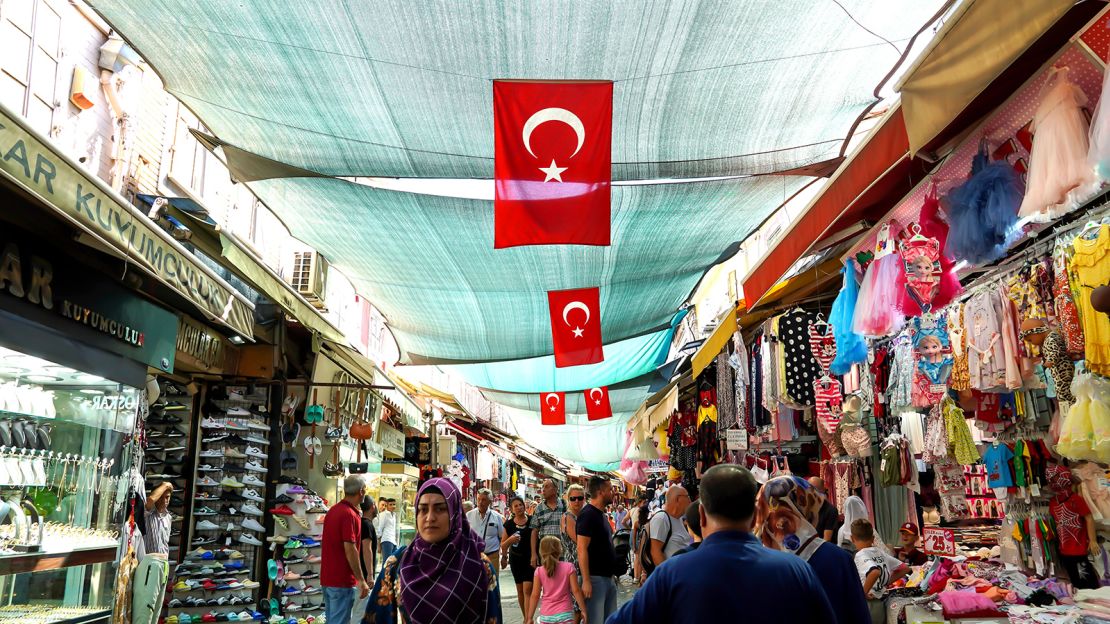
Izmir was one of the stops along the Silk Road but it really came into its own in the 17th century. Various wars made Smyrna Quay the safest port for transporting silk from Iran, attracting merchants from all over the world.
The Onassis clan traded tobacco while other Rum (as Turkish-born Greeks were known) made their fortunes selling Smyrna’s famous sticky figs. Two Greek-owned department stores sold everything imaginable and international banks had branches in town.
Levantine families such as the Whitalls and Girauds owned factories and mines and the Armenians were admired for their solid work ethic. The Americans set up a separate colony, slightly inland, called Paradise, while Jews and Turks lived in adjacent neighborhoods on the water.
At any given time dozens of languages could be heard in the streets, including English, German, and even Hindi.
“With its 8,500-year history, Izmir is one of the oldest settlements in the Levant and Turkey, and has hosted different civilizations throughout history,” says Bülent Senocak, an Izmir author and historian. “It is absolutely necessary to see the historical buildings in the city center bearing the traces of this multicultural climate and the historical Kemeraltı bazaar, which was established before many cities in Europe.”
The bazaar is where everything happened, and as Senocak says, is still worth a visit today. It’s made up of a number of different han, inns which once offered accommodation and storage for goods. They’re located on small covered streets that lead into one another.
One former inn, Kızlarağası Hanı, dates from 1744 and has since been converted into souvenir shops that sell pretty items like hand painted ceramics and Ottoman-inspired silver jewelry. It’s a good place to pick up a nazar. It’s believed these blue and white glass beads ward off evil and the ones sold in Izmir are made in the aptly named Nazarköy (Evil Eye Village).
The Bakır Bedesteni, or copper bazaar, initially housed the city’s best copper workshops but later became the place to buy silk. At its peak, dozens of caravans would appear each day. Goods were placed in storage or sold to shops in the bazaar, animals were stabled on the ground floor and the merchants slept in rooms upstairs.
Camel trains no longer arrive here, but the bazaar area gets pretty busy. A break can be taken in Kahveciler Sokağı, a street where the Turkish coffee is made the traditional way over hot coals in long-handled copper cezve coffee pots.
For an extra slice of history, it’s worth seeking out Izmir’s Havra Sokak, or synagogue street. There are four synagogues hidden amongst the clusters of shops. Originally there were nine inside the bazaar, out of a total of 34 in the city. The oldest were built by Sephardi Jews, expelled from the Iberian Peninsula during the 15th century Inquisition.
Some have been in service for more than 300 years and a restoration project is currently underway to open more as museums.
End of an era
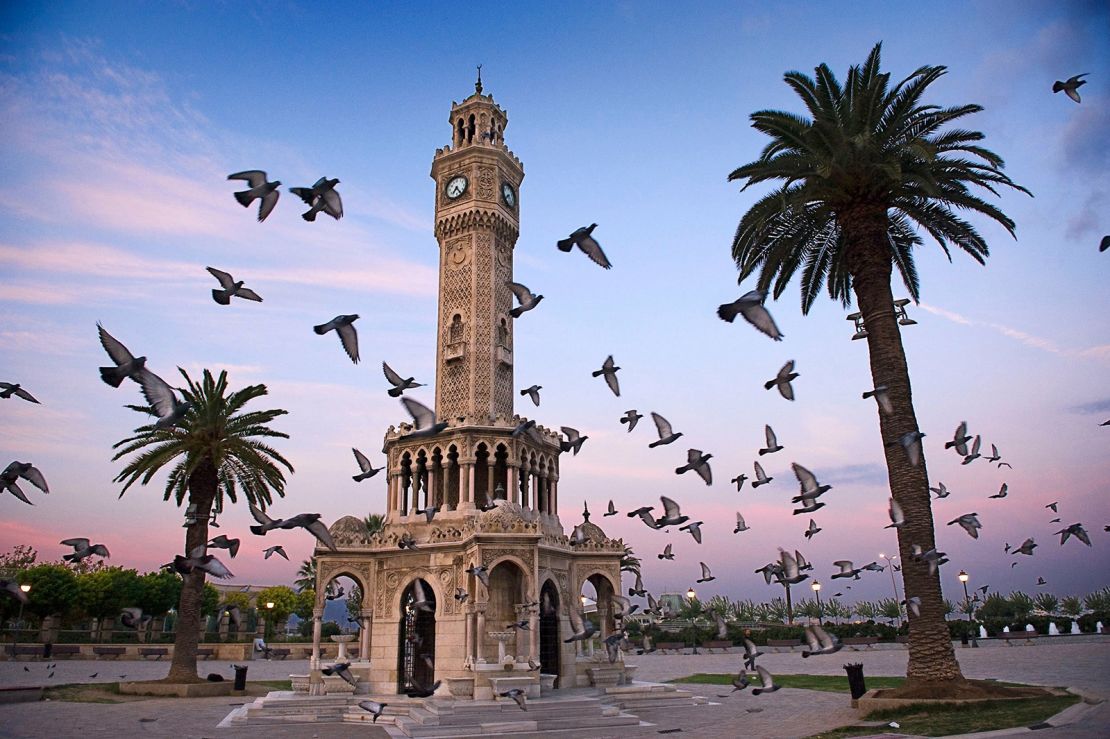
While life at the beginning of the 20th century in Izmir was, for more affluent residents, a whirl of lavish picnics, boating parties and extravagant dinners, that all changed in September 1922, when Turkey’s war of independence arrived on their doorstep.
The orderly entry into the city of the Turkish army was quickly replaced by chaos. Routed Greek soldiers flooded into the city, heading for the waterfront where naval ships waited to transport them home.
Turkish-born Greeks from across Anatolia, fearing retribution, followed closely on their heels. Within days thousands of people were stuck on the quay, seeking a way out. A series of fires broke out that burned for days.
When the last of the flames was extinguished, little was left of the once vibrant destination known as Smyrna. Many buildings that escaped incineration were later demolished, after they were left empty and fell into disrepair because of a population exchange in 1923.
This agreement saw Rum people repatriated to Greece and Turkish Greek nationals moved to Turkey. Many Levantine families with European passports and second homes elsewhere, moved. Few returned, radically altering the city’s character.
However Izmir is resilient. Like the phoenix, the city is on the rise.
Smyrna Quay, where boats once departed laden with exotic goods to sell in Europe has been reinvented as the Kordon promenade.
Visitors can walk, jog or bike along the shores of the gulf from Alsancak to Konak Meydanı, a large square. There are plenty of restaurants to try along the way and several different museums to visit, including one dedicated to Mustafa Kemal Atatürk, the nation’s founder.
Local legends
Popular myth has it that Izmir’s Konak Pier was designed by Gustave Eiffel, of tower fame, in 1890. More likely it was the work of someone in his firm, but the steel structure is highly reminiscent of his hand. What started life as a customs house is now a shopping center with a stylish restaurant overlooking the water.
The highly ornate Abdul Hamid II clock tower takes center stage in Konak Square. Built in 1901 for an Ottoman Sultan, it was designed by French architect Raymond Charles Péré.
Despite their backgrounds, the 82-foot structure looks neither Turkish nor French. Péré was influenced by buildings in North Africa and Andalusia, so each of its four levels is a flurry of columns, embellished capitals and horseshoe-shaped arches – perfect for Instagram poses.
A little over a mile further south, one of Izmir’s sons has been given his own street. Born into a large Jewish family in 1921, David Arugete abandoned his aim of becoming a legal clerk after learning guitar and starting to sing.
Calling himself Darío Moreno, he cut his teeth performing at Jewish festivities before going on to win nationwide fame. He’s best known for his 1962 recording of “Ya Mustafa,” a song written by Egyptian composer Mohamed Fawzi.
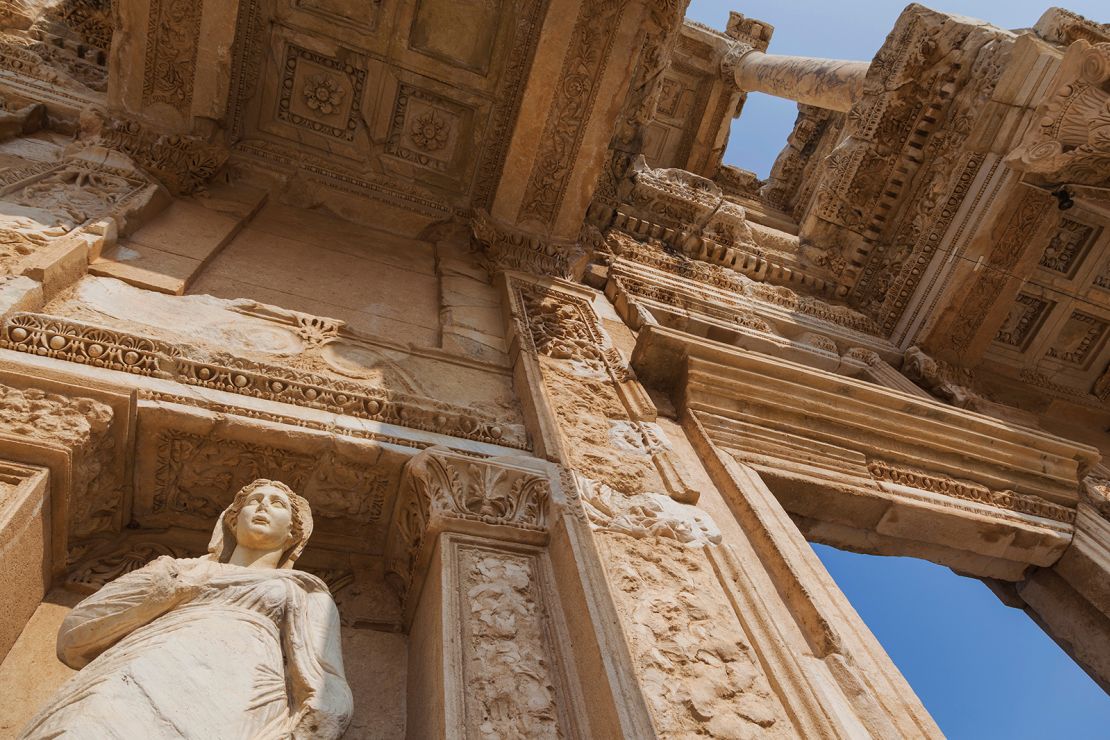
It was hugely popular in the 1950s and 1960s with versions released in Arabic, French, Spanish and several other languages.
Eventually Moreno bought a house in the more upscale Jewish quarter of the city on a street named Asansör Sokak, which took its name from the Turkish for elevator.
The street houses an actual elevator, built in 1907 by a Jewish trader, which connects it to an upper section of the neighborhood.
During World War I, the structure housed a casino, photo gallery and cinema. Today there’s a cafe, bar and restaurant. Visitors can ride to the top and enjoy the view, before or after they check out the traditional houses converted into colorfully painted bars and cafes on Dario Moreno Sokağı, as Elevator Street is now called.
Back in time
A day trip to the remains of the ancient Greek city of Ephesus, once the commercial center of the Mediterranean, should be high on the to-do list for anyone visiting Izmir.
Here they can tread streets used by the ancient Greeks, climb to the top of the great theater, marvel at the library of Celsus, and walk past mosaics in what were once ordinary suburban houses when the city was part of the Roman empire.
Want more? Many statues and artifacts found at the site can be seen in the Ephesus Archeological Museum, while back in Izmir, there’s a marble statue of Androklos, Ephesus’s founder, in the Archaeology and Ethnology Museum.
Lisa Morrow is a freelance writer and sociologist living in Istanbul, Turkey. Her writing has been published in The New York Times, Guardian UK, BBC Travel, World Nomads, Fodors and Hyperallergic. She’s also the author of four books, the latest being “Longing for Istanbul: The Words I Haven’t Said Yet.”

